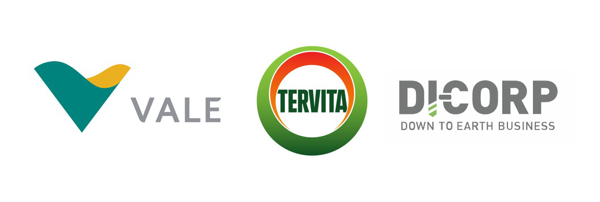Complexities of Addressing Buried Infrastructure
Case Study
Occupational awareness continues to grow around buried infrastructure damage-prevention and employee protection in the utilities and infrastructure market segments. Hydro excavation operations have grown tremendously as the primary means of addressing this problem and this trend is expected to continue. Further exponential growth in hydro excavation requirements will be required to address the following realities:
- Our aging infrastructure
- The ongoing population growth of urban centres and planned densification
- The maintenance requirements to sustain this growth
BUT, the increased utilization of hydro excavation to address these necessary and vital requirements creates an additional issue – what to do with the excessive wet waste slurry generated from these operations now contained in the vessel on the truck. The current methodology of filling the vacuum truck to it’s weight restrictions (already a complex calculation that may vary by axle weight, gross weight, municipality or seasonality) and then transporting that material to an approved receiving site to dump the material for treatment and then returning to the work site is extremely time consuming and very costly.
Operators can expect these costs to continue rising as a result of several factors including:
- Regulatory changes and enforcement have reduced load volume and weight so cost per cubic metre have escalated.
- Limited off-loading facilities and capacity in reasonable proximity to urban projects have led to supply deficit rate increases
- Cash strapped municipalities looking for alternative revenue streams and road maintenance cost offsets are hiring enforcement officers
- Wait times at approved disposal facilities have increased demurrage cost.
To further complicate the situation, it can be expected that some of the hydro-excavated material will be contaminated with residual elements from our industrial or ill-informed past practices, underground tank seepage or even road salt. Consequently, the soil needs to be characterized to avoid risk to the environment and human health.
Ideally the solution includes, maintaining the advantages of hydro-excavation’s safe and efficient underground utility exposure but eliminating the inefficient and costly transportation of wet waste slurry in vacuum excavation trucks to a limited number of expensive receiving sites.
Slurry solidification technology can help.
Uniquely designed equipment and environmentally-friendly reagent, will work together on-site or near-site to convert the excavated wet soil to a dry stackable material for transport using dump trucks. This efficient and effective process provides positive results for the project by:
- Reducing the number of trucks required to move this waste material by 2/3rds
- Improving the efficiency of hydro-excavation vacuum trucks by eliminating the need to drive to a disposal site every 4 cubic metres excavated
- Accounting for the soil excavated and its final resting place to mitigate risk
- Reducing green house gas emissions by 65%
- Reducing costs
Slurry solidification technology may not be a panacea for all projects but should be seriously considered as a component for projects addressing buried infrastructure.

Owner: Vale Canada Ltd.
Contractor: Tervita Corp.
Distributor: Di-Corp

Vale owns and operates a mining site in Northern Ontario, Canada. Through their mining and refining activities they produce a sludge waste by-product. The clients were in need of an efficient excavation and transportation solution to get this sludge to their off-site landfill.
End of September 2018 - Mid October 2018
During the bidding process, MetaFLO was engaged to provide an optimal blend and dosage rate to achieve the solids criteria required for excavation and transportation of the sludge. Using analytical data, MetaFLO estimated a dosage rate of 1.1% by weight (based on a high moisture content). Large mixing bins were recommended for increased surface contact and efficiency during the bucket mixing process. No sample was available at this time.
Tervita Corporation utilized MetaFLO reagent to solidify approximately 4,000 m3 of sludge. Two 35m3 bins were staged on site and were loaded with a composite of “heavier” and “lighter” sludges. The originally estimated dosage rate was accurate as actual treatment averaged approximately 30lbs of MetaFLO MF006 reagent per m3 of sludge. All material was safely shipped to Vale’s off-site landfill. The job was completed on time.